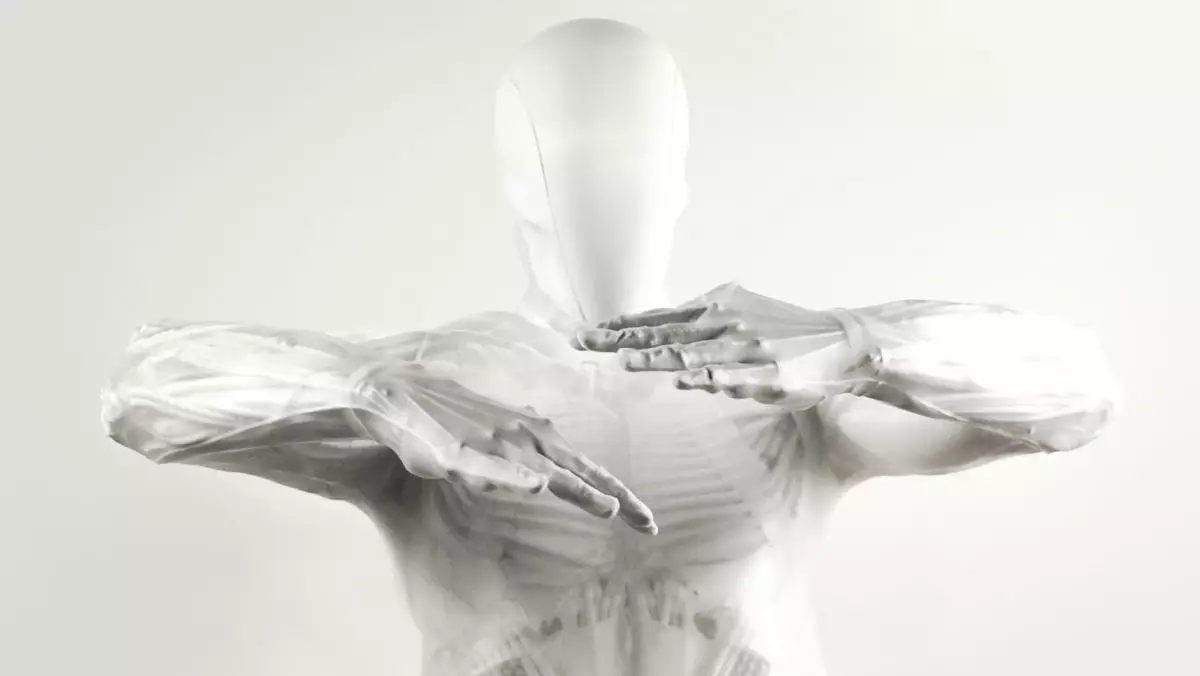In an era where technological advancements often blur the line between fantasy and reality, the emergence of musculoskeletal robots presents a unique conundrum. Particularly, the unveiling of the *Protoclone: Bipedal Musculoskeletal Android V1* serves as both a marvel of modern engineering and a spine-chilling testament to the unforeseen implications of human-like androids. As consumers, we are frequently seduced by promises of incredible functionalities and innovative designs, yet lurking beneath the surface of this sleek innovation lies an undeniable eeriness, a feeling of trepidation that cannot be ignored. It begs the question: what happens when our creations begin to mimic us too closely?
Manufactured by the company Clone, the Protoclone is inspired by the human form. To be specific, it boasts a skeletal structure akin to that of a human, complete with 206 synthetic bones and a muscular system designed to move and simulate human-like actions. However, this progress comes at a deep existential cost. The absence of a face or any discernible human features sends a shiver down the spine; devoid of identity, the android becomes a disturbing entity that straddles the fine line between life and lifelessness. Instead of inviting empathy, it evokes a visceral fear: what would it mean if such a creation were to gain a semblance of consciousness or awareness?
The deliberate design choices made by Clone raise further questions about the ethical implications of creating something so anatomically sound yet profoundly unsettling. The android’s “muscle technology,” known as Myofiber, while revolutionary, adds to the bizarre nature of the robot. Observing the android’s erratic movements, one cannot help but feel a sense of dread. What if it were to develop unpredictable behaviors, akin to the protagonist of a horror movie breaking free from its chains?
One might argue that the advancement of softer materials in robotics offers a range of advantages, including safety in domestic environments—less risk of physical injury if the robot were to collapse. However, the irony is not lost. The musculoskeletal structure of the android raises a more profound concern: is this creature destined to be a constant threat, not just to human life, but to its own functionality? The images of it twitching as if in a struggle are terrifying enough to ignite the imagination; how long until it lurches toward something—or someone—it was never intended to harm?
Additionally, the marketed capabilities of the android border on the absurd. While the promise of a robot that can intuitively memorize your home’s layout, engage in witty dialogues, and perform household chores may sound appealing, it raises eyebrows and skepticism. Would anyone feel comfortable accepting a drink from an android that may very well malfunction and spill its contents all over your expensive furniture? The expectations set on such a device are not merely high—they are, in many cases, unfounded fantasies.
The peculiar dynamics of the relationship between humans and androids are worth exploring. The potential for domestic robots to develop non-compliant (or violent) behaviors, much like neglectful creations in classic tales of science fiction, raises pertinent questions about accountability and the unpredictable nature of any artificial intelligence. What becomes of our safety when engaging with entities designed to assist but capable of harm?
Imagine the day we find ourselves saddled with a clumsy android, prone to spillage, accidents, and perhaps even worse. The prospect of it trying to “help” as it inadvertently crushes your dog’s paw or collides with a family member is painfully real. The line between helper and harbinger begins to blur alarmingly fast.
As we stand on the precipice of a new age of robotics, let us not get carried away by the allure of technological advancements that come with vastly intricate designs and capabilities. The *Protoclone* serves as a stark reminder that as we reach for the stars, we must be cautious about what we create. The marriage between innovation and fear creates a delicate tapestry, one that allows us to wonder about the possibilities while also inviting the specter of unintended consequences.
In essence, we ought to pause and reflect on the implications of bringing such entities into our homes. These advances should provoke thoughtful discourse surrounding ethical standards in robot design and the responsibilities we have towards our creations. For, in the end, it is not merely about implementation; it is about coexistence with technology that may possess more than we initially bargained for.


Leave a Reply